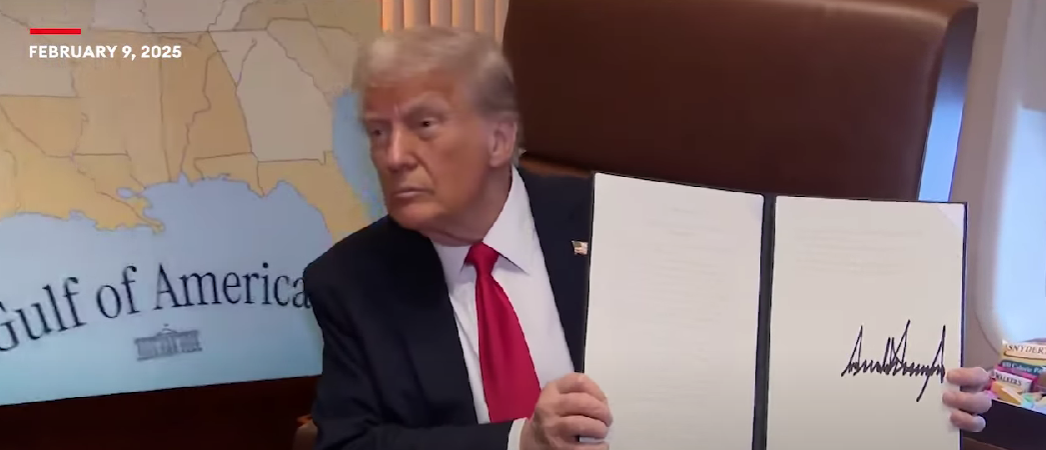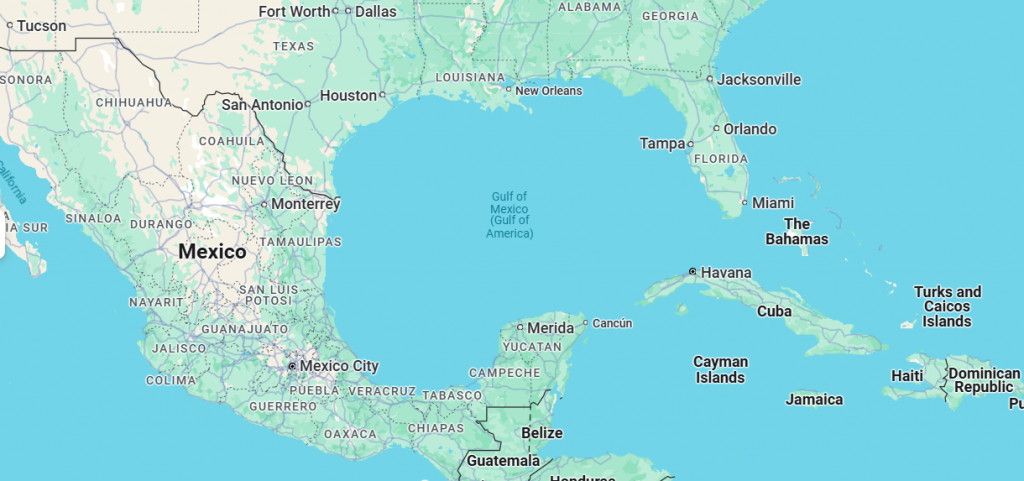Google Maps Officially Renames the Gulf of Mexico to the Gulf of America

© Forbes Breaking News / YouTube
Did Google rename the Gulf of Mexico? Yes. Google Maps has officially renamed the Gulf of Mexico to the “Gulf of America” for users within the United States.
The change follows an executive order issued by former U.S. President Donald Trump and aligns with the administration’s efforts to restore what it considers historically significant American names. The update went into effect on February 10, 2025, with Trump also declaring February 9 as “Gulf of America Day.” Please continue reading to learn more about the public reaction to this news.
Official Confirmation of the Name Change
Reports indicate that users within the U.S. now see “Gulf of America” when searching on Google Maps, while users in Mexico and other countries continue to see “Gulf of Mexico.” Google confirmed the change in a statement, explaining that its policy follows official government sources such as the U.S. Board on Geographic Names (BGN). A Google spokesperson stated, “We apply geographic name changes when they have been updated in official government records, and this update reflects that policy.”
The Executive Order and Its Impact
The renaming is based on an executive order signed by Donald Trump on January 20, 2025, as part of his initiative to restore historical American place names. The order also proposed reverting Denali back to Mount McKinley, a name change that has sparked debate in the past.

The decision has led to mixed reactions, with some supporting it as a patriotic move, while others see it as unnecessary and politically motivated. Critics argue that renaming the Gulf does not change its deep historical ties to Mexico and Latin America. Meanwhile, Mexico’s President Claudia Sheinbaum sarcastically responded by suggesting the U.S. could be renamed “Mexican America,” referencing historical claims predating the Treaty of Guadalupe Hidalgo.
Public and International Reactions
The renaming has triggered strong reactions from historians, politicians, and the general public. Indigenous groups and cultural historians argue that changes like these erase important histories, while some American nationalists view it as a reclamation of identity.
Internationally, the change has caused tension, with Mexican officials rejecting the name and continuing to refer to the body of water as the Gulf of Mexico. The Mexican government has formally stated that it will not recognize the new name and will continue to use the traditional designation in all official documents and communications.
What This Means for Users
For now, users in the U.S. will see “Gulf of America” on Google Maps, while international users will continue to see “Gulf of Mexico.” Other mapping services, such as Apple Maps, have not followed suit, highlighting the varying policies of tech companies when it comes to geographic names. However, the picture below is what the Google map looks like if you are searching the Gulf of Mexico from Central Europe.

As debates continue, it remains to be seen whether this change will be permanent or subject to reversal in the future. Whether seen as a historical correction or a political move, the renaming of the Gulf of Mexico to the Gulf of America underscores the powerful intersection of geography, politics, and digital platforms.
You might also like: Where Does Google’s Name Come From?


